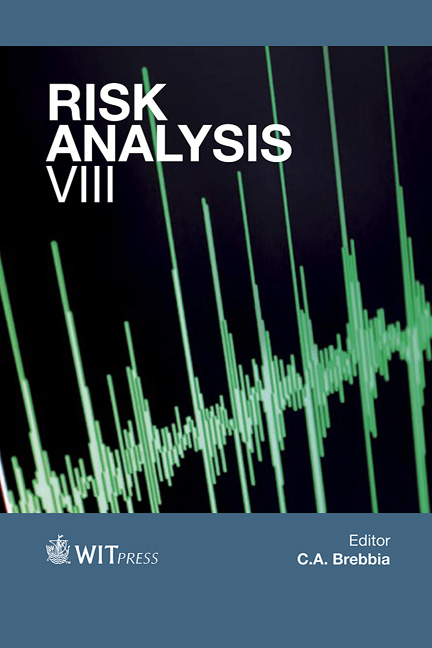Risk Management Of NATURA 2000 Sites In Czech Military Training Areas
Price
Free (open access)
Volume
44
Pages
11
Page Range
381 - 391
Published
2012
Size
393 kb
Paper DOI
10.2495/RISK120321
Copyright
WIT Press
Author(s)
F. Bozek, A. Komar, J. Dvorak, A. Bozek & L. Jesonkova
Abstract
The military training areas have a number of NATURA 2000 sites many of which exist because of particular military activities being carried out in the areas. The aim of implementing risk management is to provide protection to the selected species of plants, animals and natural habitats being the most precious from the European perspective. Environmental protection during military training in the Armed Forces of the Czech Republic implicitly includes also the risk management and is guaranteed in the following processes. The commander has to elaborate a precise environmental protection regulation as a part of planning process to be followed during a training or operation according to NATO standardization agreements. Documentation is a part of operational planning or a training regulation. It accepts the character of habitats, way of training and includes preventive measures. Environmental training of personnel, delegation of responsibilities and resources use are aimed at providing environmental security. The semi-quantitative case study has been focused on threat identification, as well as on the determination and assessment of risk acceptability in the examined NATURA 2000 site inside the military training area. A number of undesirable, but tolerable risks have been found, most of them belong to the category of controllable risks. It is possible to implement adequate countermeasures, mainly of organizational nature with minimal risk mitigation costs. It is worth mentioning that a number of risks which have relatively high values ensue solely from the planning activities, lack of discipline and knowledge of NATURA 2000
Keywords
case study, habitats, maintenance military training areas, NATURA 2000 sites, risk assessment, risk identification semi-quantitative method, training plan





